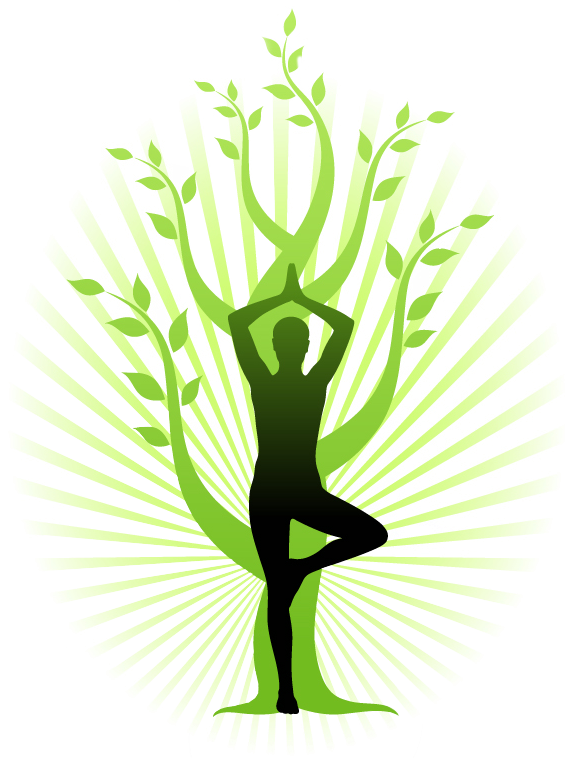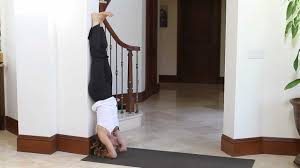 ‘I understand’ – Our 7th and top chakra, the element of creation and thought involves reaching to our higher selves through self realisation. Sahasrara Chakra can be mysterious, ethereal, scary, but yoga involves a safe structured practice, a happy place to pay attention to what we are feeling, allowing us to grow and expand to our highest selves on this physical plane – energy medicine! We relieve stress, yet we extend ourselves, expanding on all levels, opening our body and mind to that greater than ourselves.
‘I understand’ – Our 7th and top chakra, the element of creation and thought involves reaching to our higher selves through self realisation. Sahasrara Chakra can be mysterious, ethereal, scary, but yoga involves a safe structured practice, a happy place to pay attention to what we are feeling, allowing us to grow and expand to our highest selves on this physical plane – energy medicine! We relieve stress, yet we extend ourselves, expanding on all levels, opening our body and mind to that greater than ourselves.
Sahasrara, a combination of all colours, the radiance of Sahasrara approaches the ultimate brilliance of the sun, located between the hairline and bindu (at the back of the crown of the head). When we are born it is the soft spot, the fontanelle, the skull plates grow together over time. This is Governor Vessell 20, the acupuncture point which is helpful to lift our mood, enhance our serotonin. Sahasrara is open when the skull plates feel relaxed, there is a lightness a the top of the head and we feel happiness coming truly from the inside, not just the outside. The top of the head is sacred in many cultures, it is where the spirit enters at birth and leaves the body at death. When we meditate we think of Sahasrara hovering above the crown. 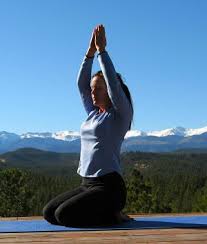 Mantra of Om can be used but really there is no sound, the silence left after chanting Om. Mudras are Kailash – prayer palms pressed above the head, and Uttarabodhi – steeple grip for enlightenment.
Mantra of Om can be used but really there is no sound, the silence left after chanting Om. Mudras are Kailash – prayer palms pressed above the head, and Uttarabodhi – steeple grip for enlightenment.
Sahasrara is related to the Pituitary Master Gland controlling all other endocrine glands in the body, responsible for Growth Stimulating Hormone and neurotransmitters such as serotonin, a mood stabiliser. The hypothalamus below influences temperature, food and water intake, our emotional and stress responses and aspects of memory.The hippocampus nearby is responsible for memory.
Sahasrara balance enhances our mood and the cerebral cortex, governing the Right brain, responsible for creativity and visualization.
Pranayama calms our nervous system and mind, it can be simple, breathing in ‘So’ up the front body, aligning the chakras on the front side of the spine, breathing out ‘Hum’ down the back of the spine – So Hum, the sound of the Self – ‘I am that, that am I’ or ‘I am breathing in, I am breathing out’.
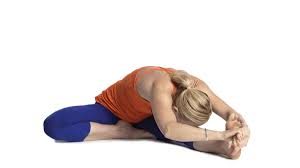 Asanas involves head and spinal alignment postures, leading with the crown, a long line from the root chakra to the crown.
Asanas involves head and spinal alignment postures, leading with the crown, a long line from the root chakra to the crown. 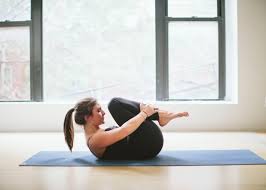

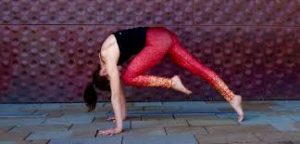
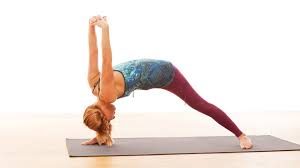
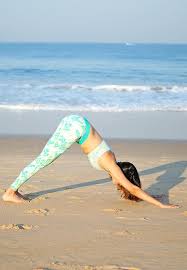
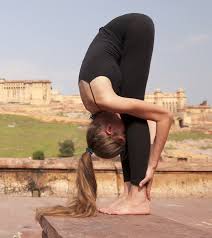
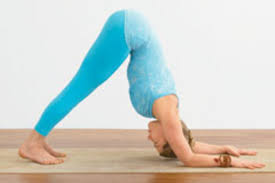
Inversion asanas increase circulation to our brain and head and calm the mind.
Pose of the Hare / Sasangasana- Hmmm!
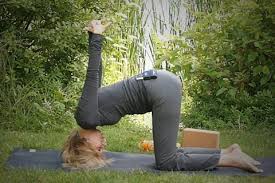
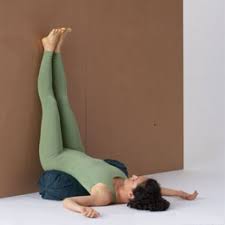 A short savasana at the end of each asana section allows us to lessen the fluctuations of the mind, integrate our yoga practice and further relax each segment of the body giving time for healing and awakening. Yoga is Tantric, involving breath and movement to raise our subconscious awareness to conscious; Vedantic is developing conscious awareness via stillness.
A short savasana at the end of each asana section allows us to lessen the fluctuations of the mind, integrate our yoga practice and further relax each segment of the body giving time for healing and awakening. Yoga is Tantric, involving breath and movement to raise our subconscious awareness to conscious; Vedantic is developing conscious awareness via stillness.
 Sahasrara is of course the most spiritual, the crown of the chakra system, directing prana in from the universe – a symbol of purity, spirituality, meaning ‘Thousandfold’ –a thousand petaled lotus flower in full bloom at the crown of the head, ‘1000’ implies the infinite nature, connecting us to the Divine, a greater world beyond, the Universe – a timeless place of wisdom.
Sahasrara is of course the most spiritual, the crown of the chakra system, directing prana in from the universe – a symbol of purity, spirituality, meaning ‘Thousandfold’ –a thousand petaled lotus flower in full bloom at the crown of the head, ‘1000’ implies the infinite nature, connecting us to the Divine, a greater world beyond, the Universe – a timeless place of wisdom.
Sahasrara is where Lord Shakti first split from Shiva to give birth to consciousness. Each of the lower chakras must balance first, Shakti moves up the spine through the Nadis to reunite with Shiva (Liberator, destroyer of the negative)at the crown of the head – this gives Samadhi – blissful return to the Divine infinite world beyond life, the highest state of consciousness that a human can reach, the goal of our spiritual journey on earth!
How can one describe the consciousness of Samadhi?
There are levels of consciousness – deep sleep, dreaming, wakeful consciousness (savasana / relaxation),supreme consciousness ( Samadhi) and cosmic consciousness (after death!). In deep sleep we are mentally unconscious, the mind is free from restless worries and we enjoy physical rest, but we awaken and everything is as before, our thoughts and worries remain. In Samadhi, as in sleep, physical sensations such as heat, cold, hunger, thirst are diminished, which rests our body, but when the brain lobes feel relaxed our mind becomes quiet and transformed, consciousness moves to the space between the brain and the top of the head, Sahasrara chakra opens and the pineal gland secretes serotonin, a mood enhancer, giving the feeling of consciousness moving beyond the physical and radiating outward like an aura -we return wiser and clearer.
The conscious and subconscious mind
The subconscious mind controls the autonomic nervous system – the involuntary sympathetic fight/flight reactions and the more voluntary parasympathetic slowing and calming responses. Functions of memory, instinct and emotions also are subconscious.
The conscious mind involves self- observation, attention, will power, intellect, clarity of thought, our personality, the relationship between ourselves and the Universe. Yoga suggests that we try to become more aware, via our conscious mind of subconscious patterns of behaviour that may be preventing us from relaxing and leading a healthy lifestyle. We might try to avoid ‘going there’ but we can lose our way if we seek happiness only in the external material world, true happiness is found within us.
Difference between relaxation and meditation
We often think of simply vegging out as relaxing. But true relaxation is something that is practiced and cultivated; it is defined by the stimulation of the relaxation response, via the parasympathetic nervous system Some forms of conscious relaxation may become meditation but while relaxation is a secondary effect of some meditation, other forms of meditation are anything but relaxing. Ultimately, it all comes down to the intention and purpose of the technique.
All conscious relaxation techniques offer the practitioner a method for slowly relaxing all the major muscle groups in the body, with the goal being the stimulation of the relaxation response via deeper, slower breathing and other physiological changes. Techniques include autogenic training, the use of words suggesting heaviness and warmth in the limbs; progressive muscle relaxation, systematically bringing attention to various parts of the body to consciously release tension, then noticing the feelings of softness and ease that arise; body scanning, moving attention slowly through the body; and breathing, gradually extending the exhalations.
Meditation and brain waves
Meditation, requires firstly the ability to physically relax, to understand the breath, meditation takes time to master—generally presented in the three broad categories of concentration, mindfulness, and contemplation—are forms of mind training. As the breath quietens and the body becomes still, attention moves away from the world of the senses and the mind moves into a state of relaxed awareness, gradually the brain waves slow down, the brain goes from beta waves ( an alert or agitated state,13-60 pulses/sec) to alpha ( physical and mental relaxation, but still aware of what is going on, an ideal state to learn clear the mind, so it can develop clarity and new information, perform elaborate tasks, learn languages, analyse complex situations, 7-13 pulses/sec)and eventually to slower theta (reduced consciousness,4-7 pulses/sec) in experienced mediation practitioners. The unconscious mind begins to release its memories and suppressions – this can be very healing if we can release without attachment to what comes up or trying to interpret it. The mind determines the quality of your life. Meditation is about making friends with yourself, learning to see what is just as it is, freeing yourself from attaching to likes and dislikes and reactive conditioning. This non- attachment does not mean that we should have a passive attitude, we still want to love and feel compassion, but we can observe emotions in a slightly distanced fashion as they arise and put them aside. We learn to be content in all circumstances. We become a neutral observer of the contents of our mind, not a thinker. (Delta waves occur in unconsciousness or deep sleep, 0.1-4 cycles/sec)
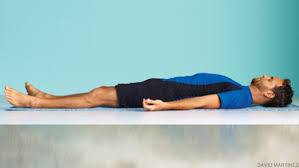 Savasana for Sahasrara chakra can just involve a delicious abiding silence – just being – one of the 3 Gunas – sattvic.
Savasana for Sahasrara chakra can just involve a delicious abiding silence – just being – one of the 3 Gunas – sattvic.
Yoga Nidra, (sleepless sleep) relaxing each body part – this stops electrical impulses to the specific area of your brain assoc with that body part – in the somatosensory cortex, then your mind can become still. Particular attention is paid to the areas that are dense with receptors – fingers, lips, tongue and feet, so the little man, Homunculus has big feet, hands, lips and tongue and a small torso and legs.
